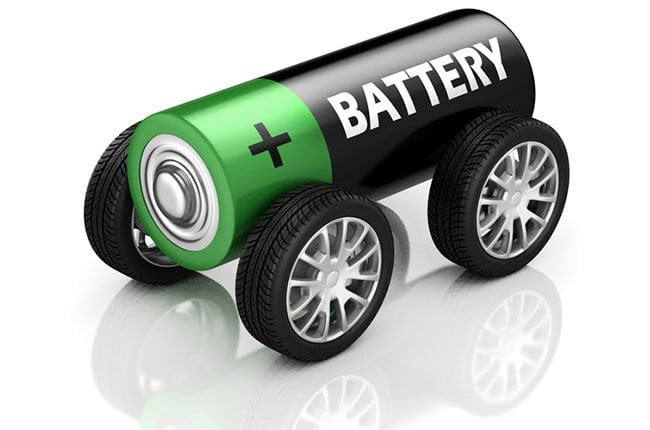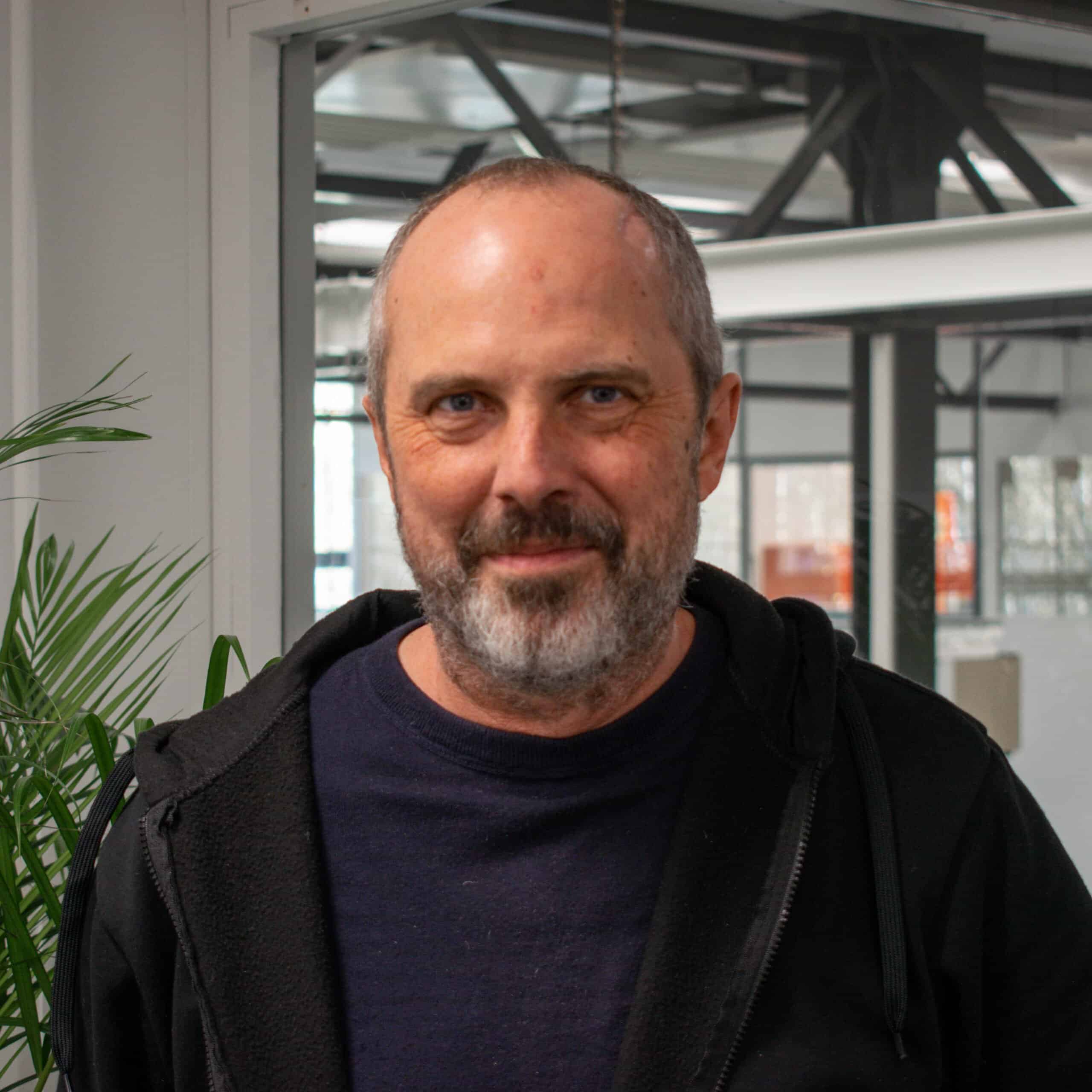
With the increasing popularity of electric cars, the number of batteries needed for this purpose is also increasing. This poses new challenges not only to the industry, but also to storage and recycling companies. On the second Battery Day, which was held at Automotive Campus Helmond (the Netherlands) this week, experts discussed burning issues related to the theme: how to store, transport and – in the event of a calamity – extinguish batteries. But also: how to reduce dependency on China when it comes to battery production. Innovation Origins spoke to organiser Jan Wouters, who is manager Green mobility of AutomotiveNL, the cluster organization of the Dutch automotive industry.
You called batteries a sensitive issue. Can you explain?

“The sensitivity is twofold: batteries and thus electric driving are a threat to traditional car manufacturers who base their business model on combustion engines. Knowledge equals capital and a manufacturer who is knowledgeable about internal combustion engines is not eager to throw that away. If the transition continues, a whole load of machines will become worthless, and there is a risk that money will be lost. The theme is also sensitive because the development direction is reasonably clear but the speed is not. We have seen that various innovative players that recently expressed their willingness to make major investments, such as Bosch, have become reluctant because they find it difficult to predict the situation over a number of years. The solid state battery is inherently safe, but investments in it are lagging behind. The parties involved do not want the huge factory that they have to build for this to become obsolete again the next day. This is why they’re suggesting to take it easy. Another sensitivity lies in the area of extracting the scarce natural resources needed to make lithium-ion batteries. Do we have enough cobalt and lithium to meet the demand, or are we going to make batteries without cobalt?”
In addition, as Amnesty International recently stated, there are concerns about the way in which the materials are mined.
“The fact that 4 to 5 year-old children have to dig for cobalt in Congolese mines is scandalous, of course. Fortunately, the car industry is trying to do something about this, for example by using blockchain to find out where their products originate from and who has been involved in them. That way, in the long run, these countries can be forced to organise their business properly. On the one hand, the concerns are entirely justified, but on the other hand, new technologies should not yet be held accountable for them. These could never be compared with technologies that have been in the lead for 100 years, and for which the production process has been optimised.
From a marketing point of view, too, it is important for companies to work on sustainability. Even if they do not directly profit from it. After all, those who are sustainable are seen as innovative on the labour market and have an advantage when it comes to competing for the best students and employees. In that sense, sustainability is a must.”
How will the demand for batteries develop in the coming years?
“The most exciting question at the moment is: will the battery car indeed become much cheaper? If this happens, which is what experts predict will be around 2025, many people will want to make the switch. If the market then grows enormously, there will be a large pressure on the supply of those materials. If production is to be doubled, it will take four years. The problem is not so much stocks but rather production capacity.”
Why is Battery Day important for Automotive Campus Helmond?
Pieter Rahusen, Acquirer and new business developer at Automotive Campus: “As a campus, we are in the middle of a social development with regard to the sustainability of mobility. On the one hand, we see that a cluster organisation such as AutomotiveNL generates knowledge and a network. On the other hand, we also see that more and more parties involved in battery management are establishing themselves on the campus. This change is also taking place in the educational sector. If you walk into the Fontys Summa College, you will still see a gearbox and a combustion engine. But this curriculum is changing rapidly and within ten or twenty years these students will be working on electric motors. Developments in the battery and its use are so rapid that it is important for education to be able to respond quickly to them. That is why it is so important that education here on the Campus is directly in touch with the latest developments. That’s what we call the triple helix idea that makes our brainport region so strong. That’s what I like about the campus ecosystem.”

